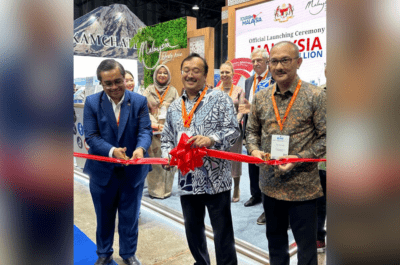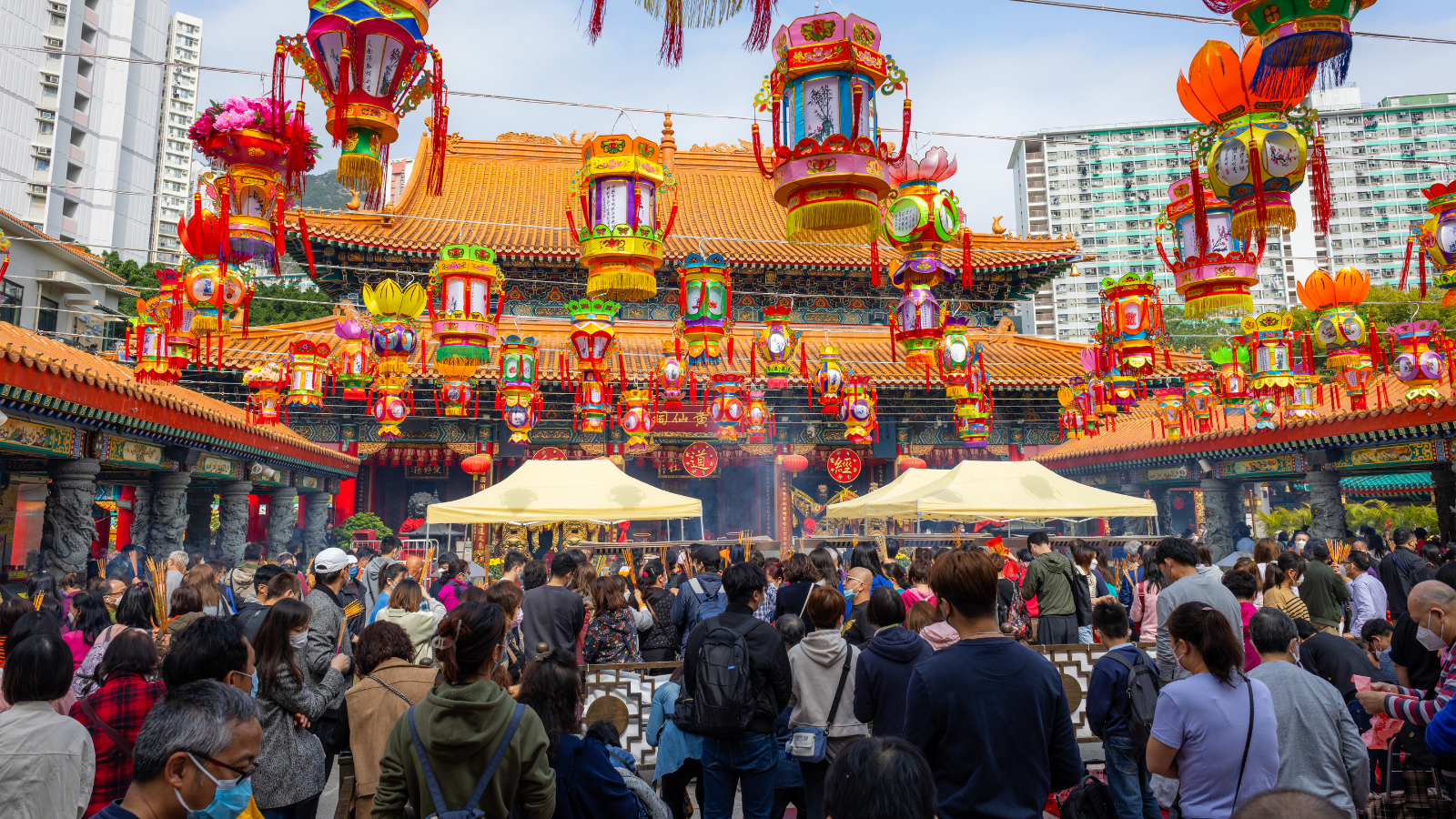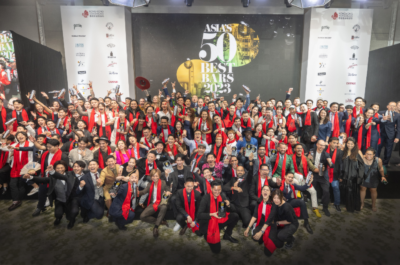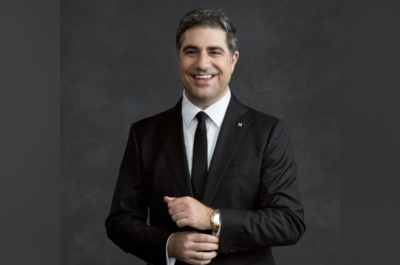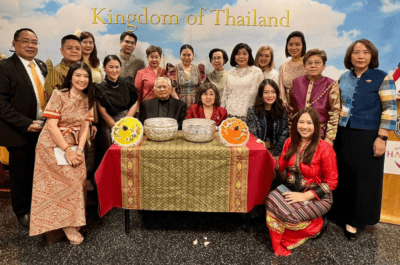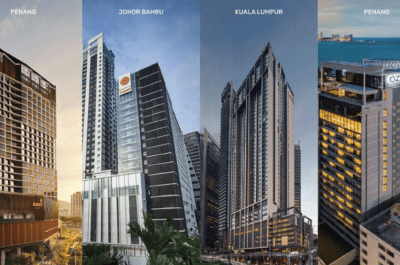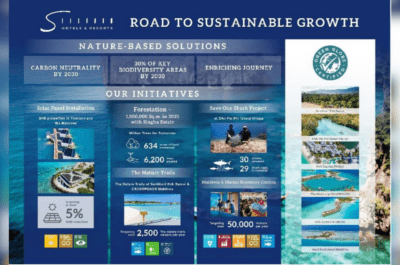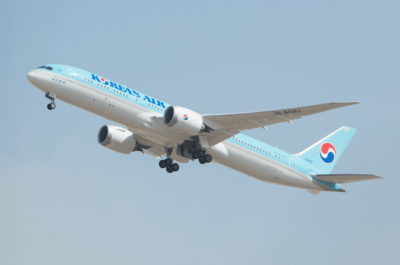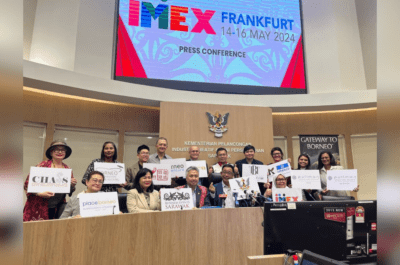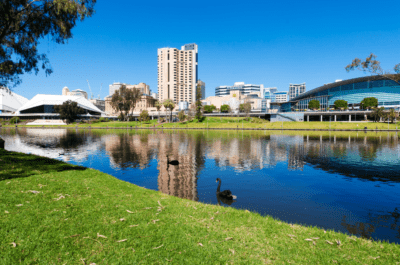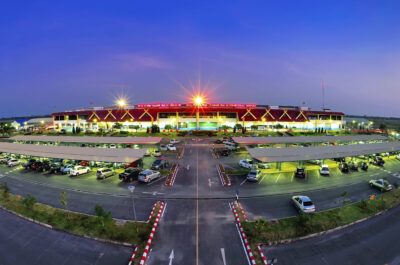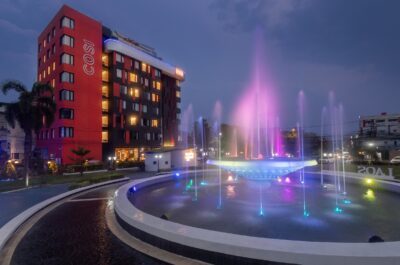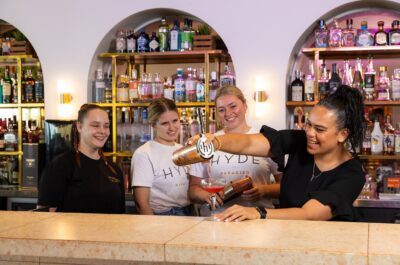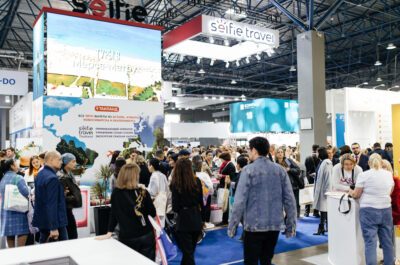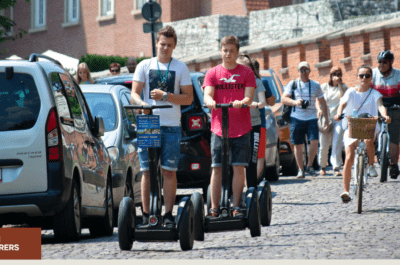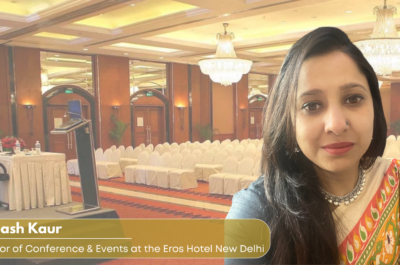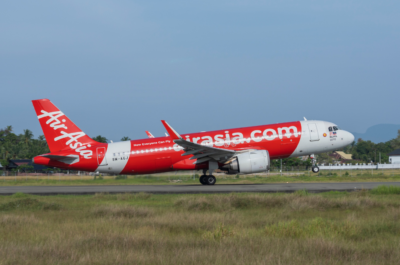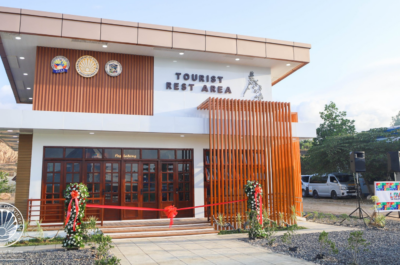A study by Hong Kong Polytechnic University reveals intricate emotional responses of Hong Kong natives to mainland tourists.
How do tourists in your town make you feel? A study co-authored by Dr Shiqin Zhang, Dr Nan Chen and Professor Cathy H. C. Hsu of the School of Hotel and Tourism Management (SHTM) at The Hong Kong Polytechnic University shows that Hong Kong natives have complex emotional responses to visitors from the mainland. The paper may help improve host–visitor relations in Hong Kong and abroad as tourist numbers pick up in the post-pandemic era. The study setting is particularly relevant as mainland Chinese tourists become more adventurous travellers.
The importance of emotions in tourism cannot be overstated. Improving our subjective state of mind, whether through joy, excitement or relaxation, is the essential goal of leisure travel. Notably, local populations in tourist areas play a key role in shaping visitors’ environment and in turn the emotional experiences of visitors. However, this is a two-way relationship that also depends on locals’ own disposition towards tourists.
Currently, research on hosts’ emotional responses to tourists lags behind the study of tourists’ emotions. To address this, tourism researchers need to not only broaden their scope but also learn from psychologists. “Emotion research in tourism as a whole”, say the researchers, “is still in its infancy compared to that in psychology”. They propose that hosts’ multi-layered emotional reactions arise from the interplay between desires and stereotypes.
As discussed in detail by the authors, we may not know our own emotions as well as we think. Befitting their role in both regulating behaviour and signalling thoughts, emotional responses are highly complex. For one thing, emotions consist of both mental components, such as cognitive appraisal, and physical components, such as physiological arousal. Thus, the researchers tell us, “combinations of various psychophysiological measures (e.g., EEG, EDA and facial expressions) and self-reports are strongly encouraged”.
Furthermore, some emotional reactions happen so quickly that they can evade conscious notice. This complicates the attempts to measure emotional reactions to tourist behaviour. As “a complex state that can be expressed through various channels”, the researchers note, emotion requires objective measurement techniques in addition to the subjective methods that are used in conventional tourism research.
Another way to classify emotions is based on explicit vs. implicit expression. As the researchers argue, “explicitly expressed emotions are more like cognitive or conscious responses toward triggers”. Such emotions, also described as “conscious”, “deliberate” or “reflective”, can be easily noticed and described by the subject, making them accessible to researchers using questionnaire or interview techniques.
In contrast, when we feel an implicit – or “automatic”, “spontaneous” or “raw” – emotion, we cannot control it and may even fail to observe it. Implicit responses can only be measured using real-time experimental methods such as pulse monitoring. This makes it problematic that “emotion research in tourism, even in marketing and psychology, has a long tradition of relying on self-report methods”, in the authors’ words.
Many psychologists recognise at least six basic emotions: anger, happiness, surprise, disgust, sadness and fear. Nonetheless, tourism researchers have often overlooked this diversity, instead measuring emotional responses on a simple two-dimensional scale of valence (positive/negative) and arousal (activated/non-activated). “While this approach is useful”, the authors write, “it hides the various roles of discrete emotions in tourism encounters”.
Social encounters, such as those between tourists and locals, may give rise to a rich set of emotions. These are likely to be deeply rooted in the cultural context of the host community and the socialisation of individual people. Given the rich social nature of host–tourist interactions, the SHTM team realised that “more efforts with full considerations of basic emotions combining implicit measures in a tourism context are needed”.
Hence, to objectively measure locals’ reactions to tourists, the researchers used facial expressions as cues. The study of faces to read emotional states is not only intuitive but has a scientific basis stretching back to Darwin. However, despite the variety of the human emotional palette, “the limited number of tourism studies that examined discrete emotions, unfortunately, only measured one or a few specific emotions”, the researchers tell us.
Facial expression analysis also avoids the social and psychological biases that bedevil self-reports. “Self-reported methods could have cognitive and social desirability bias and thus limit the understanding of emotions to those explicitly expressed”, the authors write. This is because we can simply deny feeling socially undesirable emotions, to others and even to ourselves.
However, we cannot fully suppress our facial micro-expressions, which give away information on how we react to our surroundings. Hence, if we conceal our feelings for the sake of social harmony, the implicit emotions showing on our faces may be more reliable than the explicit emotions we choose to report. Thus, due to the discrepancies caused by biases, research has validated implicit measures as “effective and necessary to complement self-reports”.
To get to the truth, the researchers recruited 14 Hong Kong residents who all identified fully or partly as “Hongkongese”. These participants were shown short (1–2 minute) video clips, presenting interactions between locals and mainland tourists, based on real anecdotes from a different set of Hongkongers. Three scenarios portrayed the tourists in a positive light, while the rest depicted various forms of unsocial behaviour, such as queue-jumping, loudness and a young child urinating in public.
As the participants watched the scenes (no more than three per person), their facial expressions were video-recorded to capture their implicit emotions. Using specialised software, the researchers analysed the subjects’ faces to determine their dominant emotion at each time point throughout the viewing. Afterwards, the viewers answered a survey on the intensity of their explicit emotional responses, and the researchers interviewed them to dig deeper into how they felt about the scenarios and why.
The results showed that the self-report method and facial analysis revealed different information. The self-report surveys and interviews were heavily outperformed by the software in measuring the participants’ happiness, sadness and anger. However, the self-report methods encountered no such difficulties with disgust, surprise and fear, “implying a higher consistency between the two approaches when identifying these three emotions compared with the others”.
These differences sometimes led to contrary outcomes. One older woman, watching tourists in a shop trying on cosmetics in a selfish and unhygienic way, showed a low intensity of all facial emotions. Afterwards, however, she reported having strongly felt sadness and disgust. If even specialist AI failed to register her displeasure from visual clues, one can imagine that real-life tourists would fail to realise how she felt. In the researchers’ words, “when tourists encounter this resident, they may not find her unfriendly or being offended”.
The study identified happiness, sadness and anger – revealed by facial expressions – as “desires-driven” emotions rooted in the unconscious mind. They are founded on an implicit expectation of good social outcomes. In contrast, disgust and surprise, which the participants revealed verbally after watching the clips, arise from the confirmation or violation of stereotypes about mainlanders. Negative emotions were amplified in the self-reports, such as when the older woman described the cosmetics shoppers as “selfish, self-centred, and arrogant”.
Hong Kong residents hold ambivalent views of mainland tourists, as revealed by verbal reports and face tracking. In the authors’ words, “facial expressions and words can tell different stories”. Given that emotions can drive behaviours, the authors suggest that the tourist board and media promote positive stereotypes of mainland Chinese to influence the explicit emotional reactions of locals during host–guest interactions. This study, the first of its kind, pushes forward tourism research towards a richer understanding of ways to boost harmonious relations.
Theodore is the Co-Founder and Managing Editor of TravelDailyNews Media Network; his responsibilities include business development and planning for TravelDailyNews long-term opportunities.
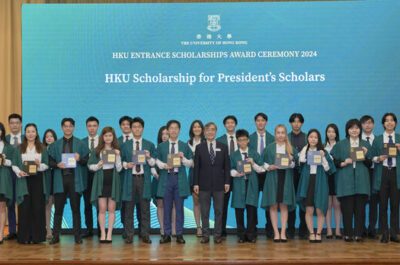



![[PR] PR_Ascott and Vimut Hospital_2024](https://www.traveldailynews.asia/wp-content/uploads/2024/04/PR-PR_Ascott-and-Vimut-Hospital_2024-400x265.jpg)
